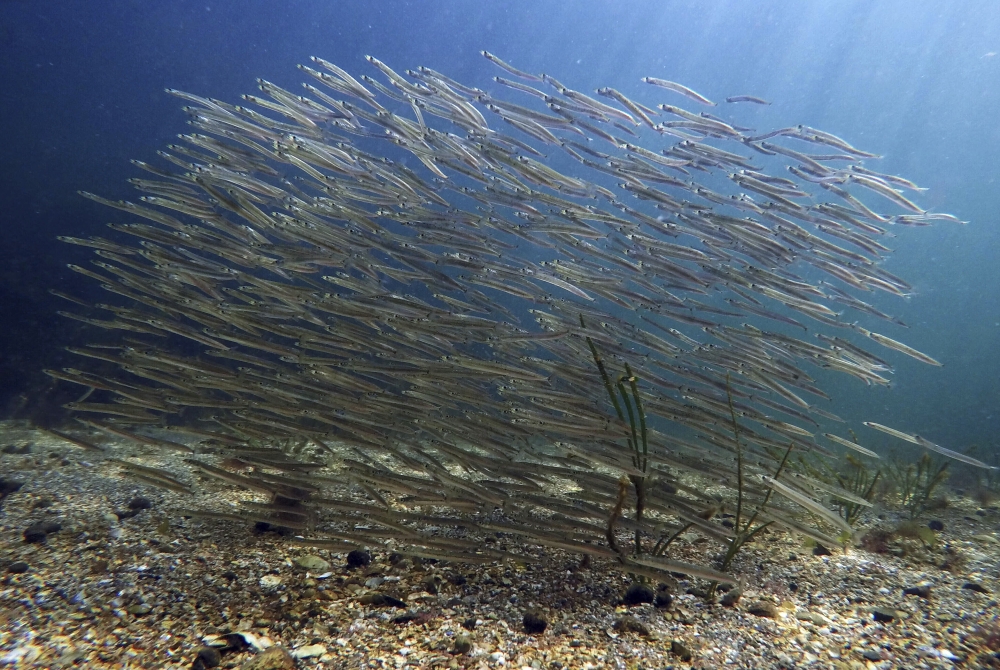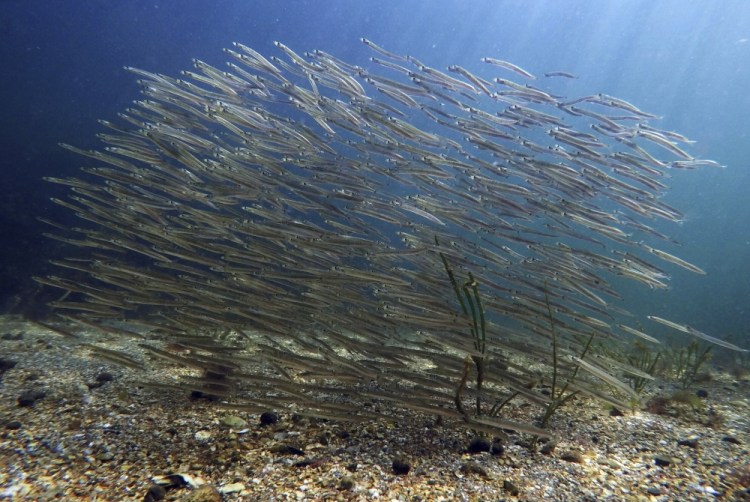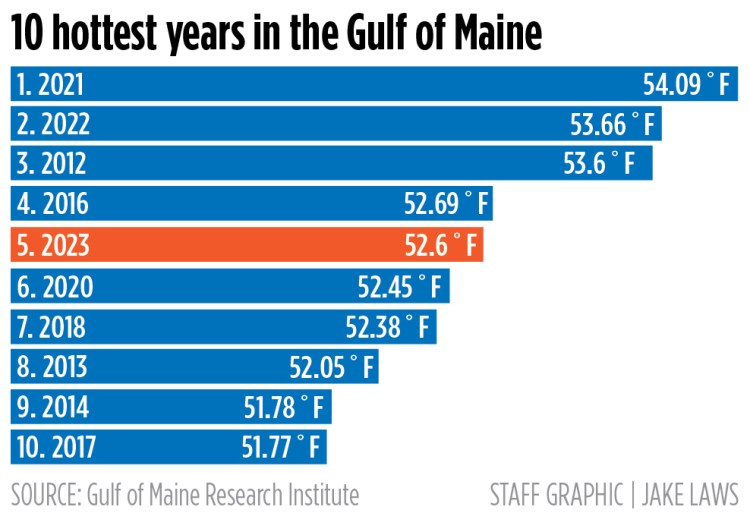Maine’s economy is now one of the strongest in New England. Billions of federal dollars for both state and local governments, business and industry and citizens through direct payments made during and after the pandemic have been invested in Maine. A widely predicted recession has been avoided and economists declare that the U.S. economy is the envy of the world.
The state budget has been showing consistent surpluses as strong tax receipts are used to build the Maine Rainy Day Fund and shore up consistently underfunded child and elder care services. A healthy Maine economy has contributed to some of the lowest unemployment rates ever recorded for the state. Maine will see further benefits from long overdue investments in infrastructure, clean energy and the critical preparations for the impacts of climate change. In no small measure, these funds are an integral part of the current administration’s strategy to stimulate economic recovery and growth in the post pandemic period.
Maine will receive more than $2 billion for infrastructure improvement projects under the 2021 Bipartisan Infrastructure Law (BIL). Funds are going to state, regional and local governments for road and bridge repair; upgrades to our ports and airports; school and public bus replacements with new electric vehicles (EV); and the installation of EV charging stations across the state. Already underway or in the pipeline are projects in northern Maine, U.S Route 1 road improvement ($27.7 million); Kittery for Tidal Wetland Planning and improvement ($519,900); Winthrop Public Schools, Clean School Bus Program ($1.6 million); and Auburn, improvements to Route 202 ($2 million).
Following the BIL enactment, Maine’s job market was bolstered by the addition of 9,500 jobs between December 2022 and December 2023. Nearly 1,500 jobs were added by the construction industry and specialty trade contractors, many of which offer high wages. Many more infrastructure projects are waiting for the spring and summer season before commencing with the work. The lack of available contractors and a tight labor market throughout Maine however will contribute to project delays and work interruptions.
The Bipartisan Infrastructure Law is a hallmark achievement, making visible, long-term investments in America and Maine. These investments are desperately needed after years of political inaction and physical deterioration of the Nation’s critical infrastructure. After repeated failures by previous presidential administrations and Congresses, the current administration has successfully brought together a politically divided Congress to pass a law that will have long term impacts and benefits for the nation.
The Biden administration put forth additional legislative proposals to curb inflation and restore America’s competitiveness. The Inflation Reduction Act of 2022 will reduce the federal budget deficit, lower prescription drug prices and invest in domestic energy production including clean energy. Significant reductions of inflation measures have already occurred. To strengthen domestic production and supply chains, the Biden administration introduced the CHIPS (Creating Helpful Incentives to Produce Semiconductors) and Science Act enacted in 2022 authorizing $280 billion-plus to restore American manufacturing of semiconductors and invests $174 billion in public sector research in science and technology. In combination, these pieces of legislation are designed to restore America’s strength and leadership in key areas of science and technology.
A recent study by the Political Economy Research Institute (University of Massachusetts-Amherst) estimates that the combined investments of the Biden Infrastructure Law, Inflation Reduction Act and the CHIPS and Science Act will support nearly 3 million jobs per year and 19 million jobs over their lifetime, impacting every U.S. state, including much-neglected rural America. Researchers have also concluded that a significant share of the jobs created by these investments will be available to those without a college degree. The median hourly wages of direct jobs created by BIL, Inflation Reduction Act and CHIPS combined is $26.20 — exceeding the average hourly wage of $23.20 for the total U.S. workforce.
The combined impact of these investments will generate continued economic growth and benefits for Maine citizens. These benefits will spread across Maine, reaching many rural regions that have been left behind. These federal funds have enabled us to sidestep an impending recession, continue our progress towards a green energy future and prepare us to become more resilient to the impacts of climate change.
But most importantly, these investments will help secure a better future for generations yet to come. Roads and bridges will be safer, school budgets will be enriched, school buses will be safer, childcare and elder care will receive additional support, and Maine citizens will have the opportunity to choose jobs that will give them and their families the opportunity to live the life they deserve.
When the Congress and the administration work together to invest in our people and the nation’s future, we are all better off.
Copy the Story Link
« Previous
Related Stories




:quality(70)/cloudfront-us-east-1.images.arcpublishing.com/cmg/HS5QORRF55BUVD7XB5ZWNGMN54.jpg)

:quality(70)/cloudfront-us-east-1.images.arcpublishing.com/cmg/HS5QORRF55BUVD7XB5ZWNGMN54.jpg)






























Invalid username/password.
Please check your email to confirm and complete your registration.
Use the form below to reset your password. When you’ve submitted your account email, we will send an email with a reset code.